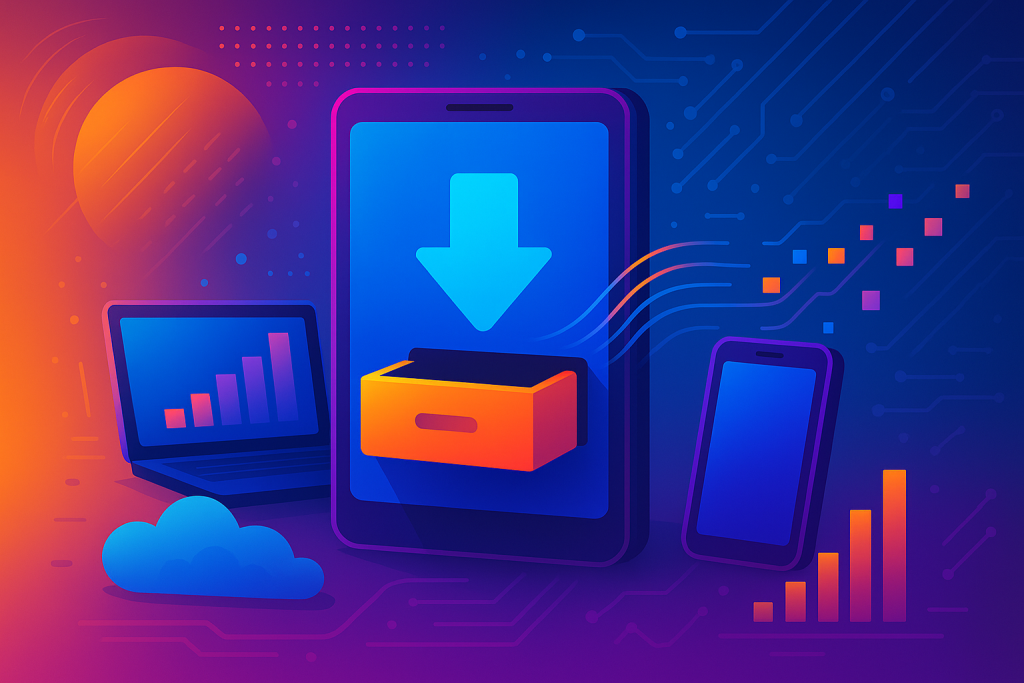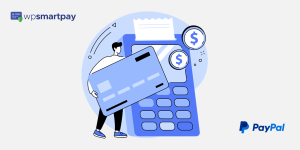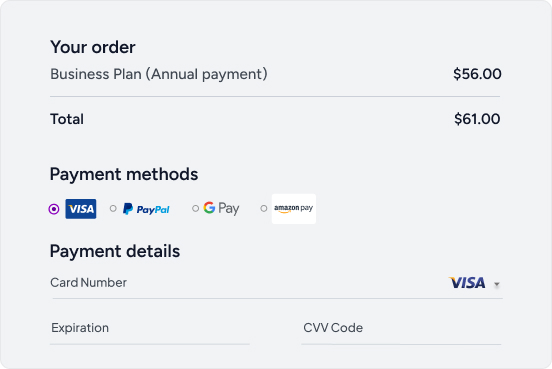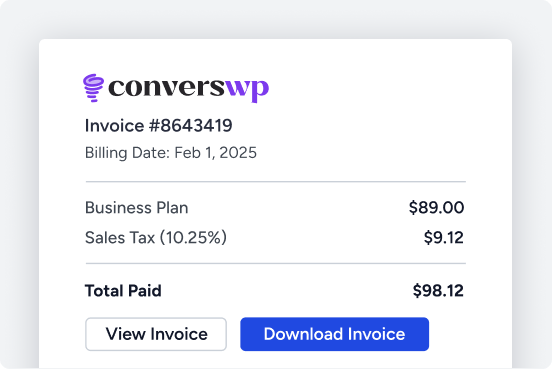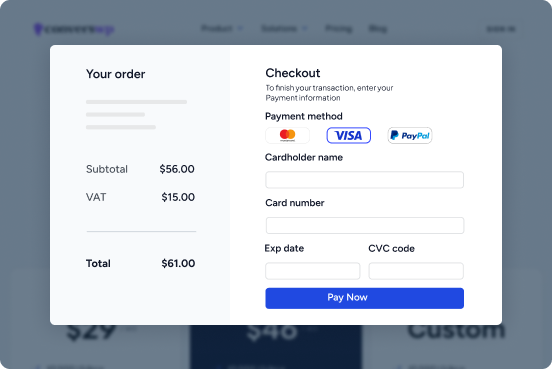Selling digital downloads online is a great way to earn money from your skills, knowledge, or creativity. Digital downloads can be many things like e-books, music files, courses, printables, software, or art. More people than ever want to buy digital products because they are easy to get and use.
But just having a good product is not enough. You need to tell people about your product in the right way. This is where marketing comes in.
Marketing means sharing your product with the right people, helping them understand why they need it, and making it easy for them to buy it.
In this guide, you will learn many simple and useful ideas to market your digital downloads in 2025. These ideas will help you reach more people, build trust, and sell more products.
The Digital Downloads Market: 2025 Overview
Digital downloads are more popular than ever. People like them because they do not need to wait for shipping. They can get the product right away on their phone, tablet, or computer.
In 2025, this market will continue to grow. More people are shopping online and more creators are selling digital products.
This is good news for you because it means there is a big demand. But it also means there are many sellers.
Competition is stronger, so you need to work on your marketing to stand out. The good news is, there are many ways you can do this even if you are just starting.
Why Marketing Strategies Matter for Digital Downloads
You might wonder, “If my product is good, will people not just buy it?” The truth is, no matter how good your product is, if no one knows about it, it will not sell.
Marketing is important because it helps your product get noticed. It tells people why your product is valuable and why they should buy it from you and not from someone else.
Good marketing can help you:
- Bring more visitors to your website or store
- Make people trust your brand and product
- Encourage people to buy and become repeat customers
- Help you grow your business over time
Without marketing, your product may stay hidden and not reach the people who want it.
Marketing Strategies for Digital Downloads
| Strategy | What It Means | Why It Matters | Key Tips / Actions |
|---|---|---|---|
| Understanding Your Audience | Know who your customers are and what they want | Tailors your marketing messages for better results | Ask who, what problems, preferences, and online habits |
| Multi-Channel Marketing | Use many platforms to reach your audience | Increases chances of being seen and bought from | Use website, marketplaces, social media together |
| Website & Owned Platforms | Your own website/store | Full control, best place to convert visitors | Fast, mobile-friendly, clear info, easy checkout |
| Marketplaces | Online shops like Etsy, Gumroad | Quick exposure to large audiences | List products here to reach new customers |
| Social Media | Platforms like Instagram, TikTok, Facebook | Engage and grow your audience | Post regularly, share tips, use hashtags |
| Content Marketing & SEO | Create helpful content + optimize for search engines | Builds trust and brings free traffic | Blog, videos, use keywords customers search for |
| Email Marketing | Send emails to your list | Personal connection, high chance of sales | Welcome emails, tips, offers, product news |
| Launch Campaigns & Pre-Launch | Build hype before releasing a product | Drives early sales and excitement | Sneak peeks, waitlists, discounts, countdowns |
| Social Proof & Community | Show reviews, testimonials, and build fan groups | Builds trust and loyal customers | Share user stories, create groups or forums |
| Paid Advertising | Paid ads on social or search platforms | Quickly reach targeted buyers | Start small, test ads, focus budget on winners |
| Partnerships & Affiliates | Work with others to promote your product | Expands reach and builds credibility | Collaborate, set up affiliate programs, find influencers |
| Pricing, Promotions & Bundling | Set fair prices and offer discounts or bundles | Encourages buying and increases value | Use limited-time offers, bundles, and coupons |
| Analytics & Optimization | Track marketing data and improve strategies | Ensures better results over time | Use analytics tools, monitor traffic and sales, adjust accordingly |
Understanding Your Audience
One of the first and most important steps in marketing is to understand your audience. Your audience means the people who are most likely to buy your product.
Ask yourself these questions:
- Who are my customers? Are they students, professionals, parents, or hobbyists?
- What problems do they have that my product can solve?
- What do they like and dislike?
- Where do they spend time online?
For example, if you sell a digital planner for students, your marketing should focus on how your planner helps students stay organized and save time.
Your ads and posts should be where students spend time, like Instagram or TikTok.
Multi-Channel Marketing Approaches
Marketing works best when you use more than one place to reach your audience. This is called multi-channel marketing. It means you share your product on your website, social media, marketplaces, and more.
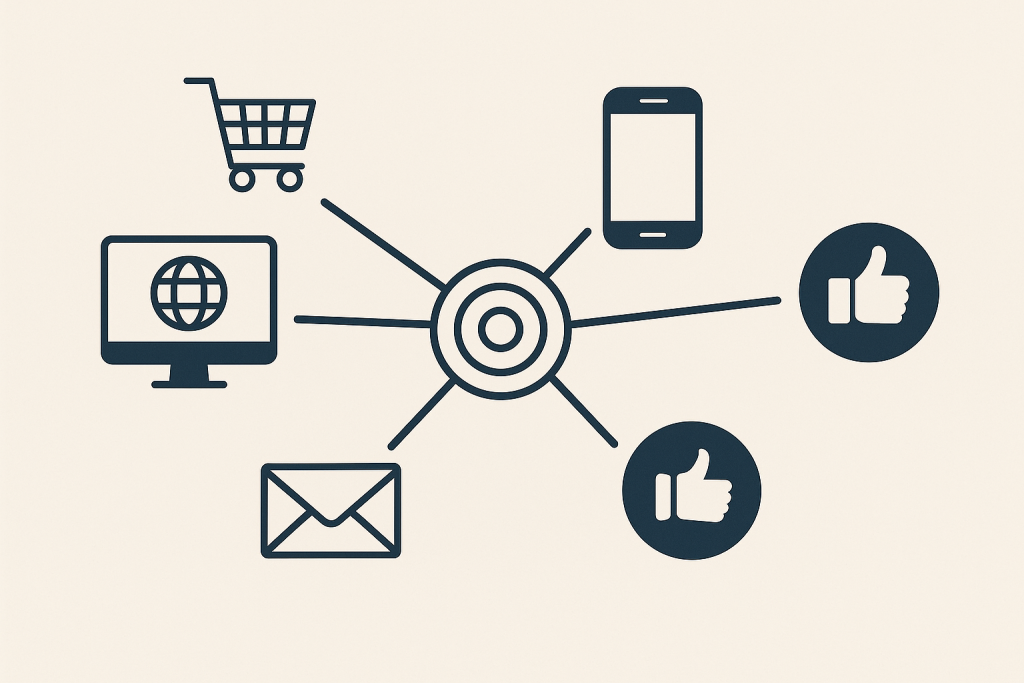
Here are three important channels you should use:
1. Website and Owned Platforms
Your own website or online store is the base of your business. It is where you control the look, feel, and customer experience. You can add important pages like About, Contact, and FAQ to help visitors learn about you and your product.
Make sure your website:
- Loads quickly
- Works well on phones and tablets
- Has clear pictures and product descriptions
- Makes buying easy and safe
Your website also lets you collect emails and build a list of people interested in your products. This is very valuable for future marketing.
2. Marketplaces
Marketplaces are websites where many sellers list their products in one place. Examples are Etsy, Gumroad, Creative Market, or Amazon Kindle for e-books.
Marketplaces already have many visitors searching for products, so they can help new sellers get found quickly. The downside is they take a fee or commission on sales, and you have less control over your store design.
Still, marketplaces are a great way to reach more customers and build your brand.
3. Social Media
Social media platforms like Instagram, Facebook, TikTok, Pinterest, and LinkedIn are very powerful for marketing. Each platform has its own style and audience.
- Instagram and TikTok are great for sharing images and short videos.
- Pinterest works well for digital products like planners, art, and templates because people use it for ideas and inspiration.
- Facebook and LinkedIn are good for professional or business-related products.
Use social media to:
- Show behind-the-scenes of your work
- Share tips and advice related to your product
- Run giveaways or contests
- Engage with followers through comments and messages
Remember to post regularly and use hashtags or keywords to help more people find your content.
Content Marketing and SEO for Digital Downloads
Content marketing means sharing useful and interesting information with your audience. This can be done through blog posts, videos, podcasts, or social media posts.
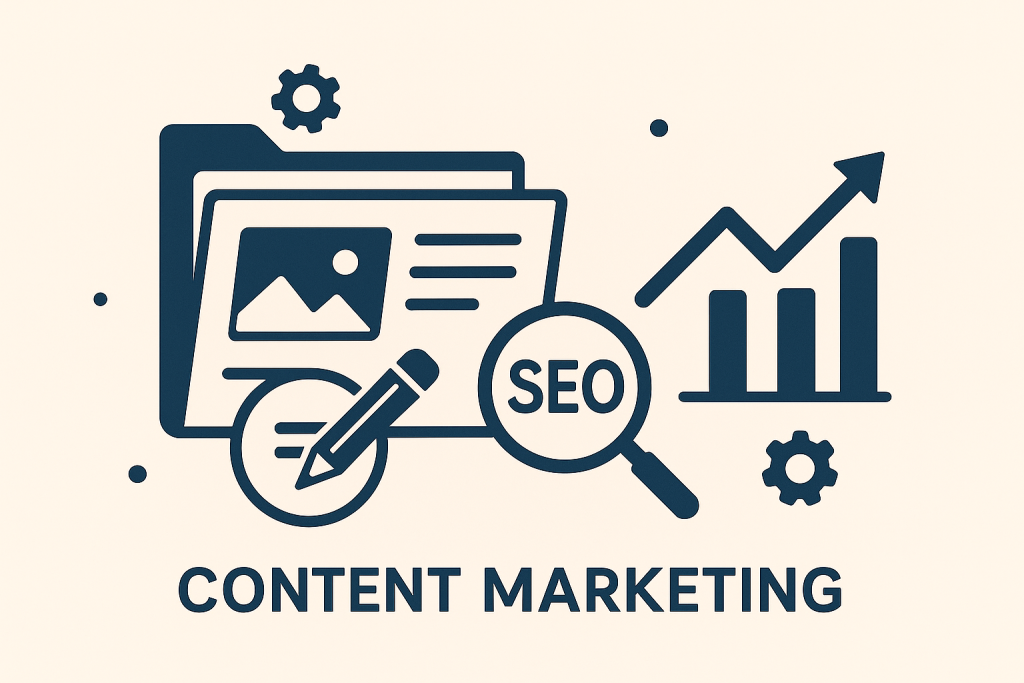
For example, if you sell a course on photography, you might write blog posts about basic photography tips, camera reviews, or how to edit photos.
This helps in two big ways:
- It shows you are an expert, so people trust you.
- It brings people to your website or social media who are interested in your topic.
SEO or Search Engine Optimization is about making your website and content easy to find on Google and other search engines. You do this by using keywords that your audience is typing in to search.
For example, if you sell meal planning printables, you can use keywords like “meal planner printable” or “weekly meal planner template.”y
Good SEO means more free visitors to your site who are already interested in what you offer.
Email Marketing: Still King
Even with all the new social media tools, email marketing remains one of the best ways to connect with customers and sell digital downloads.
When someone gives you their email, they are saying they want to hear from you. This is a great chance to build a relationship.
You can send emails to:
- Welcome new subscribers
- Share helpful tips and content
- Announce new products or updates
- Offer discounts and promotions
Email is personal and direct. People check their inbox many times a day. Compared to social media posts that might get lost, emails have a better chance to be seen.
Start collecting emails by offering a free download or discount in exchange for signing up.
Launch Campaigns and Pre-Launch Tactics
When you create a new product, it is smart to build excitement before you launch. This is called a pre-launch.
You can:
- Share sneak peeks or behind-the-scenes looks at your product
- Let people join a waitlist or pre-order
- Offer special early bird discounts
- Use countdown timers on your website
A good launch campaign creates buzz and encourages more people to buy right away. It also helps your product get better visibility on social media and email.
After the launch, keep promoting the product regularly to reach new customers.
Leveraging Social Proof and Community
People trust what others say more than what sellers say about themselves. This is called social proof.
You can use social proof by:
- Sharing customer reviews and testimonials on your website and social media
- Showing how many copies you have sold or how many people use your product
- Posting user-generated content where customers share photos or videos using your product
Building a community is also very powerful. You can create a Facebook group, Discord server, or a forum where your customers and fans can talk and share ideas.
A community helps people feel connected and loyal to your brand. It also gives you ideas to improve your products.
Paid Advertising: Maximizing Reach
Paid ads help you reach more people fast. You can target ads to show only to people who are likely to be interested in your product.
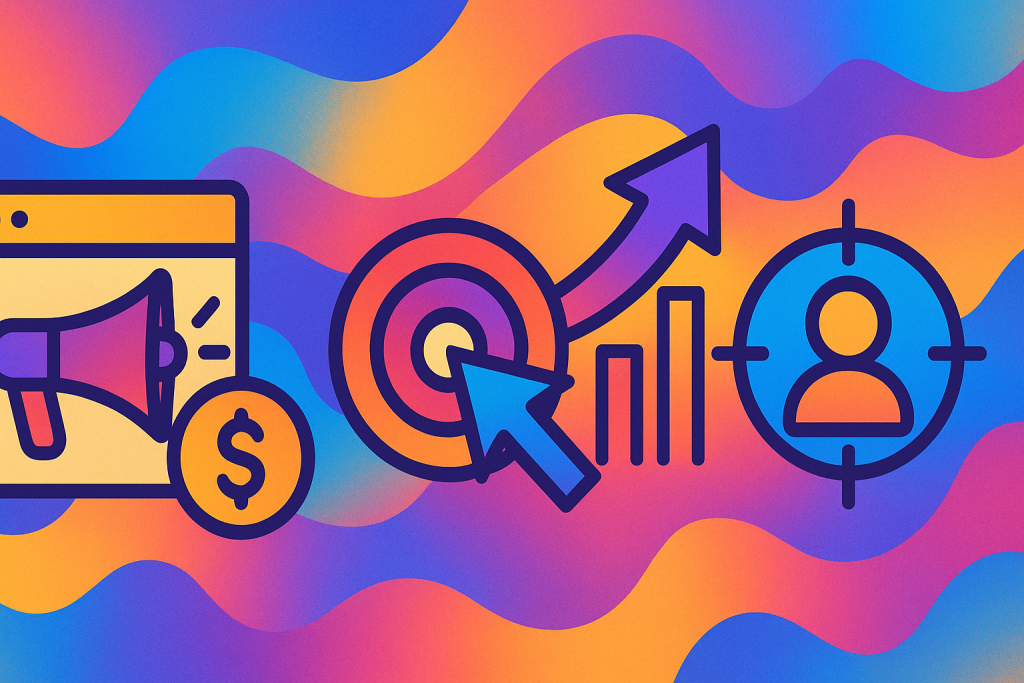
Here are some places to run ads:
- Facebook and Instagram Ads allow very detailed targeting by age, interests, location, and more.
- Google Ads let you show ads when people search for keywords related to your product.
- Pinterest Ads work well for visual products like printables or art.
Start with a small budget and test different ads to see which work best. Watch the results closely and put more money into ads that bring sales.
Partnerships, Affiliates, and Influencer Marketing
Working with others can help you reach new audiences and build trust quickly.
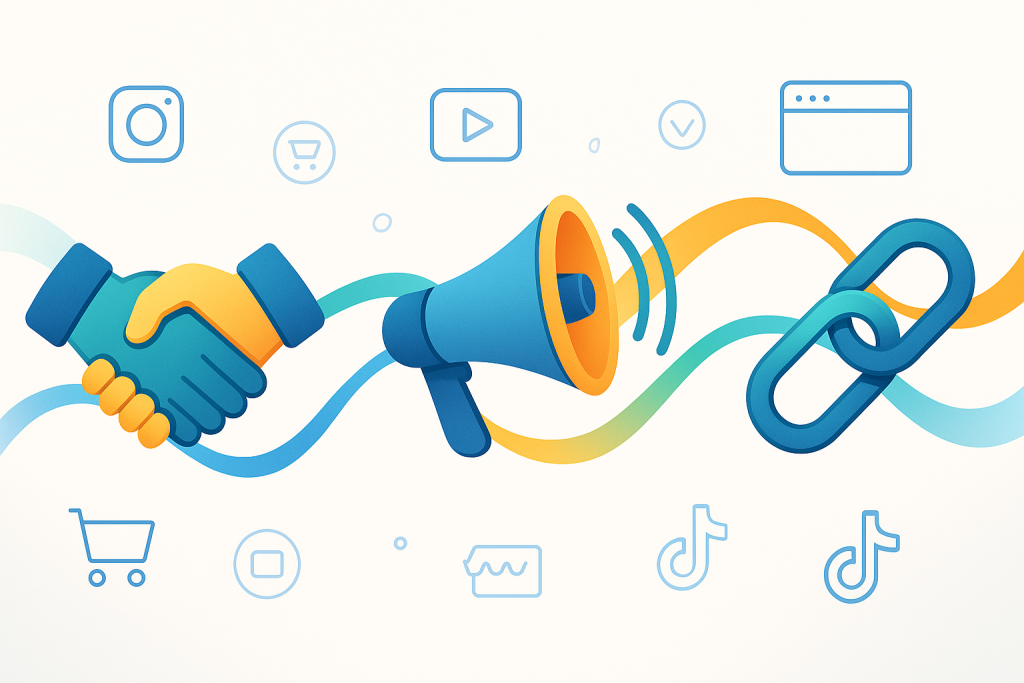
Partnerships: Partner with businesses or creators who have a similar audience but are not your direct competitors. You can create joint products, share each other’s products, or do giveaways together.
Affiliate Marketing: Create an affiliate program where other people promote your product and earn a commission for every sale they make. This encourages others to share your product with their followers.
Influencer Marketing: Find influencers or popular people in your niche who can promote your product. They might share your product in exchange for payment, free access, or affiliate commissions.
These strategies help you get your product in front of more people.
Pricing, Promotions, and Bundling
Price your product fairly to match its value and the market. Too high can scare customers away; too low may make your product seem low quality.
You can also use promotions to encourage sales:
- Limited-time discounts create urgency to buy now.
- Bundle deals where you sell several products together for a lower price add more value.
- Coupons or special codes reward loyal customers or email subscribers.
Keep an eye on how pricing changes affect your sales and adjust accordingly.
Analytics and Continuous Optimization
Marketing is not a one-time thing. You need to watch how your marketing is working and keep improving it.
Use tools like Google Analytics or platform insights to track:
- How many visitors come to your site
- Where they come from (social media, search, ads)
- Which products sell best
- How people behave on your site
Look for patterns and find what works best. If something is not working, try a new approach. Small changes can make a big difference over time.
Key Statistics Table
| Strategy | Key Statistics (2025 Data) | How It Helps |
|---|---|---|
| Email Marketing | Email marketing ROI is $42 for every $1 spent | Builds strong relationships and drives sales through personalized messages and offers |
| SEO and Content Marketing | 70% of online experiences begin with a search engine | Increases free, targeted traffic from Google and other search engines |
| Social Media | 60% of users discover new products on social media | Helps reach new audiences and build an active, engaged community |
| Paid Advertising | Businesses see an average 200% increase in leads through paid ads | Quickly drives targeted traffic and boosts brand awareness |
| Partnerships and Affiliates | Affiliate marketing spending is expected to reach $12 billion | Expands your reach by leveraging other people’s audiences and influence |
These statistics highlight how powerful each marketing method is in 2025. Combining these strategies increases your chances of success because you meet customers where they spend time and what they trust most.
Conclusion
Marketing your digital downloads well is the key to success in 2025. The digital market is growing, but so is competition.
Though the journey of marketing digital downloads can seem complex, breaking it into these clear, manageable steps makes it easier to follow.
By staying patient, learning from your experiences, and adapting to changes, you can create a thriving business that grows with the market.
Your digital product has the potential to reach thousands or even millions of people worldwide, and with the right marketing, you will help make that happen.

